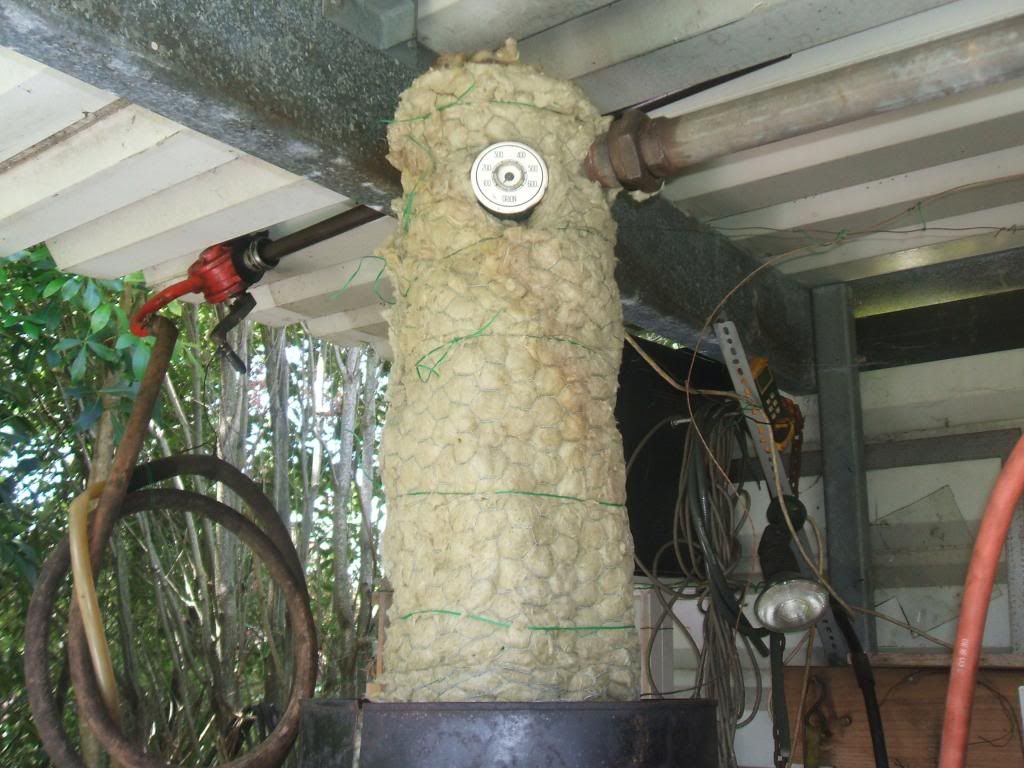Originally posted by Excalibur
View Post
Originally posted by Excalibur
View Post
Originally posted by Excalibur
View Post


 Il put my plans, now they are on the notbeook, so as soon as i finish replicating them in paint i'l post them!
Il put my plans, now they are on the notbeook, so as soon as i finish replicating them in paint i'l post them! 
Leave a comment: